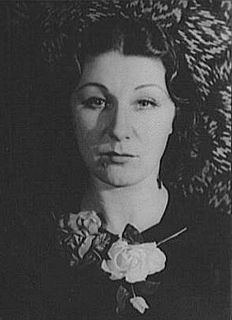
Dame Frances Margaret Anderson,, known professionally as Judith Anderson, was an Australian actress who had a successful career in stage, film and television. A pre-eminent stage actress in her era, she won two Emmy Awards and a Tony Award and was also nominated for a Grammy Award and an Academy Award. She is considered one of the 20th century's greatest classical stage actors.

The Moon and Sixpence is a novel by W. Somerset Maugham, first published on 15 April 1919. It is told in episodic form by a first-person narrator providing a series of glimpses into the mind and soul of the central character, Charles Strickland, a middle-aged English stockbroker, who abandons his wife and children abruptly to pursue his desire to become an artist. The story is, in part, based on the life of the painter Paul Gauguin.
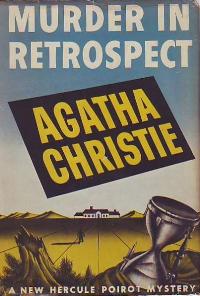
Five Little Pigs is a work of detective fiction by British writer Agatha Christie, first published in the US by Dodd, Mead and Company in May 1942 under the title of Murder in Retrospect and in the UK by the Collins Crime Club in January 1943 although some sources state that publication occurred in November 1942. The UK first edition carries a copyright date of 1942 and retailed at eight shillings while the US edition was priced at $2.00.
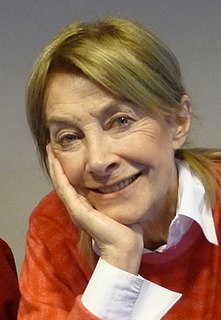
Jean Lyndsey Torren Marsh is an English actress and writer. She co-created and starred in the ITV series Upstairs, Downstairs (1971–75), for which she won the 1975 Emmy Award for Outstanding Lead Actress in a Drama Series for her performance as Rose Buck. She later reprised the role in the BBC's revival of the series (2010–2012).
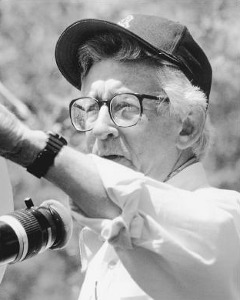
Robert Patrick Mulligan was an American director and producer. He is best known for his humanist dramas, including To Kill a Mockingbird (1962), Summer of '42 (1971), The Other (1972), Same Time, Next Year (1978) and The Man in the Moon (1991). He was also known in the 1960s for his extensive collaborations with producer Alan J. Pakula.
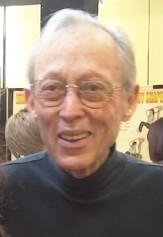
Richard Emerson Smith was an American special make-up effects artist and author, known for his work on such films as Little Big Man, The Godfather, The Exorcist, Taxi Driver, Scanners and Death Becomes Her. He won a 1985 Academy Award for Best Makeup for his work on Amadeus and received a 2012 Academy Honorary Award for his career's work.
James Costigan was an American television actor and Emmy Award-winning television screenwriter. His writing credits include the television movies Eleanor and Franklin and Love Among the Ruins.
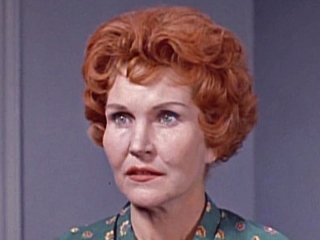
Startime is an anthology show of drama, comedy, and variety, and was one of the first American television shows broadcast in color. The program was aired Tuesday nights in the United States on the NBC Television network in the 1959–1960 television season.

The Moon and Sixpence is a 1942 film adaptation of W. Somerset Maugham's 1919 novel of the same name, which was in part based on the life of the painter Paul Gauguin. Dimitri Tiomkin was nominated for the Academy Award for Best Music, Scoring of a Dramatic or Comedy Picture.
"Long Day's Journey Into Night" is a 1973 videotaped television adaptation of Eugene O'Neill's 1956 play of the same name. It was directed by Michael Blakemore and Peter Wood with Cecil Clarke as executive producer. The recording is a version of Royal National Theatre's 1971 staging of the play, and features Laurence Olivier (Tyrone), Constance Cummings (Mary), Denis Quilley (Jamie), Ronald Pickup (Edmund), and Maureen Lipman (Cathleen).
The Triple Crown of Acting is a term used in the American entertainment industry to describe actors who have won a competitive Academy Award, Emmy Award, and Tony Award in the acting categories, the highest accolades recognized in American film, television, and theatre respectively. Its term is related to terms from other competitive areas, such as the Triple Crown of horse racing.
The Power and the Glory is a 1961 American TV film based on the 1940 novel The Power and the Glory by Graham Greene. It was produced by David Susskind for Talent Associates-Paramount. The production was shot for American TV but also distributed theatrically overseas.

"Little Moon of Alban" was an American television play broadcast by NBC on March 24, 1958, as part of the television series, Hallmark Hall of Fame. It was written by James Costigan, directed by George Schaefer, and starred Julie Harris and Christopher Plummer.
The 1958 Sylvania Television Awards were presented on January 22, 1959, at the Plaza Hotel in New York City. The Sylvania Awards were established by Sylvania Electric Products.
The 1959 Sylvania Television Awards were presented on January 21, 1960, at the Plaza Hotel in New York City. The Sylvania Awards were established by Sylvania Electric Products.
"The Turn of the Screw" was an American television movie broadcast by NBC on October 20, 1959, as the third episode of the television series, Ford Startime. It was written by James Costigan as an adaptation of Henry James' novella of the same name. John Frankenheimer was the director and producer.

"The Bridge of San Luis Rey" was an American television play broadcast by CBS on January 21, 1958, as part of the television series, DuPont Show of the Month. It was written by Ludi Claire as an adaptation of the Thornton Wilder novel. Robert Mulligan was the director and David Susskind the producer.
"All the King's Men" was an American television play broadcast in two parts by NBC on May 14 and 21, 1958, as part of the television series, Kraft Television Theatre. It was written by Don Mankiewicz based on the novel by Robert Penn Warren. Sidney Lumet was the director, and the cast was led by Neville Brand as Willie Stark and Maureen Stapleton as Sadie Burke.
"The Winslow Boy" was an American television play broadcast by CBS on November 13, 1958, as part of the television series, DuPont Show of the Month. It was based on the play by Terence Rattigan. Alex Segal was the director and David Susskind the producer. Frederic March starred as Arthur Winslow and was nominated for a Sylvania Award for his performance.
Alexandra Wager is an American former child actress.










